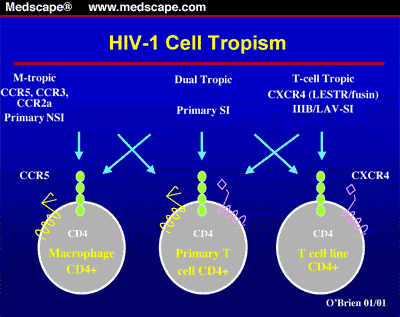It’s common knowledge that the average human body consists
of more microorganisms than it does human cells, but no one ever talks about
the symbiotic relationship that we’ve developed with each species that inhabits
our tissues. Surely, when you think about bacteria and other microbes living on
(or in!) you, your first thought is the microbes that live in your guts. But,
this symbiotic relationship we’ve developed with other microbes extends much
farther than your digestive tract. In fact, your human microbiome covers your
entire body, from your skin to your inner digestive tract, in your mouth, on
your scalp, everywhere!
Here’s a list of some of the most common human-inhabiting microbes that
live amongst your tissues, day in and day out.
1. Demodex folliculorum
Demodex folliculorum is a type of parasitic mite that lives
ON YOUR FACE. As we know with other species, mites love to have something on which
to cling, so Demodex folliculorum will most likely be found around the hair
follicles on your face. If you are thinking “but I wax my entire face!”, here’s
a list of where Demodex folliculorum love to live:
- nose hair
- eyebrowns
- eyelashes
- the tiny hair that covers your entire face, but is most commonly on your cheeks and forehead (which my mom used to lovingly call “peach fuzz”).
Demodex folliculorum also like to live in your pores. They can be found
on other parts of your body, too, but the face region is the most common. Now,
don’t hurry to the nearest sink to wash your face. Demodex folliculorum are mostly harmless,
and is classified as commensal, which means they benefit from consuming your
dead skin and sebaceous gland tissue cells. Since Demodex folliculorum infestation is
relatively common, they are considered a part of your normal skin fauna.
In the last 10 years or so, dermatologists have theorized
that a heavy infestation of Demodex folliculorum may be the cause of rosacea in later years
in life.
2. Spirochaetes spp.
I can’t tell you how many times I’ve heard someone say “…but
a dog’s mouth is supposedly really clean!” as a dog licks their face. First
off, did you know that dogs consider cat feces a delicacy? Secondly, I’d love
to believe that dogs have some secret antimicrobial property that allows them
to cure all ailments, but let’s be realistic. We know that magical property
only exists in unicorns.
Mouths are pretty disgusting places, regardless of what
species you are. For humans with periodontal diseases (such as gingivitis or
other oral inflammatory infections), Spirochaetes spp. are levels are elevated.
The Spirochaetes spp. belong to a bacterial phylum that have double membranes
(diderm). They are most commonly long coils, and live in those hard-to-reach
areas of your mouth. To reproduce, they undergo asexual transverse binary
fission, producing two identical cells.
If you have good oral hygiene practices, then you should
have nothing to worry about with Spirochaetes spp. They will be found in your
mouth no matter what. The only time Spirochaetes spp. can become a problem is
if you have periodontal diseases, which can lead to an active infection.
3. Candida albicans
Candida albicans is a common species of yeast that lives in
and on your body. You depend on Candida albicans for digestion, as it exists as
a part of our normal gut flora. Yet,
sometimes overgrowth can occur, causing candidiasis.
Candidiasis can rear its ugly head in many anatomical
locations. We most commonly hear about yeast infections affecting the female
reproductive system, but yeast can inhabit your body in many different areas.
Yeasts like to live in warm moist areas, so oral tissues are another common
location to see a yeast infection. Extreme cases can cause thrush on the
tongue. Candidaisis can also occur in your ocular tissues (eyes), and
occasionally on the skin.
I'm keeping this post short because it's my favorite day of the whole year. Halloween is a great time for scientists because we get to put our creative nature into costumes! If this post wasn't scary enough for you, feel free to check out my post from last Halloween.
Happy Halloween!






























